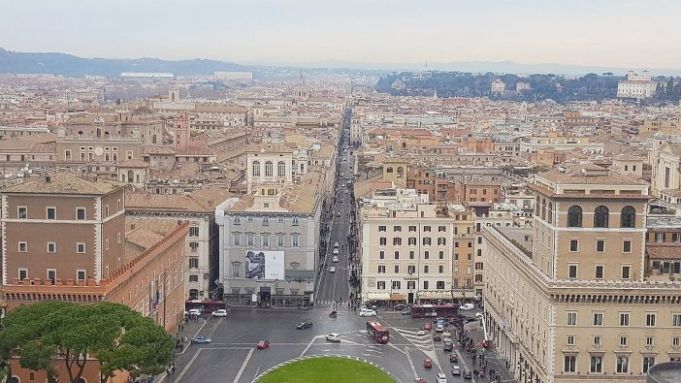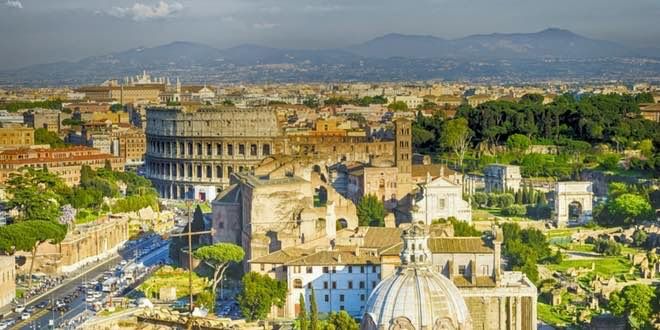The Vittoriano terrace - Rome’s Scrapbook
The Vittoriano
Dominating the historic centre of the Eternal City is the monument dedicated to King Vittorio Emanuele II, but is also known by other names for all the historic elements that make up this iconic symbol of Rome.The monument was designed by an architect named Giuseppe Sacconi who won a competition in 1882. In 1911, the monument was inaugurated in honor of the first king of Italy. Also known as the Altare della Patria, the Vittoriano complex hosts a number of other devoted monuments that were built at different times during the last century.
Front and centre is King Vittorio Emanuele II of Savoia, underneath are represented the different municipalities of Italy such as Florence and Bologna. There are also various inscriptions in the sparkling marble that represent the values and principles of Italy’s free state, they read: “Patriae Unitati” and “Civium Libertati” (“The unity of the fatherland” and “Freedom of the Citizens).
Added in 1921 is the tomb of the Unknown Soldier, dedicated to soldiers who died in world war one, and consists of a statue in front of a gold mosaic.
The Terrace

The Fori Imperiali

The monument has gradually been built upon and added to since its construction, and every element has added rich historical and cultural value, making the Vittoriano complex a one of a kind, cumulative account of Rome’s history.
General Info
View on Map
The Vittoriano terrace - Rome’s Scrapbook
Piazza Venezia, 00186 Roma RM, Italy




















